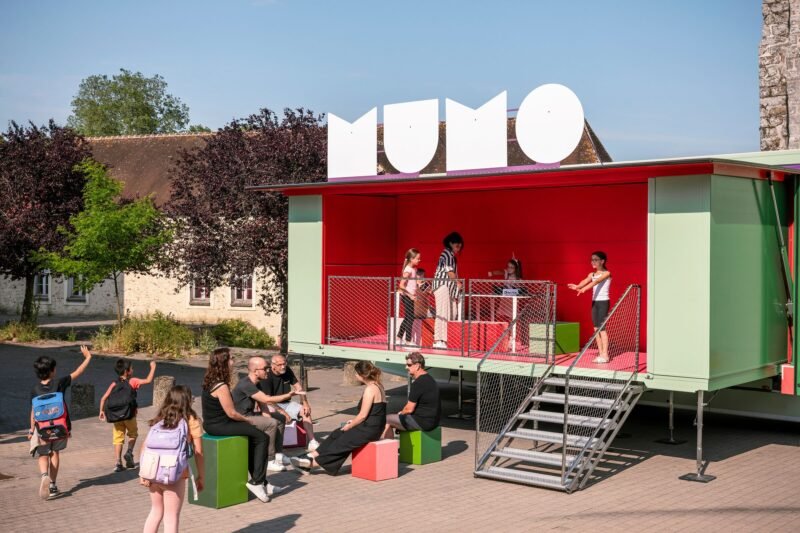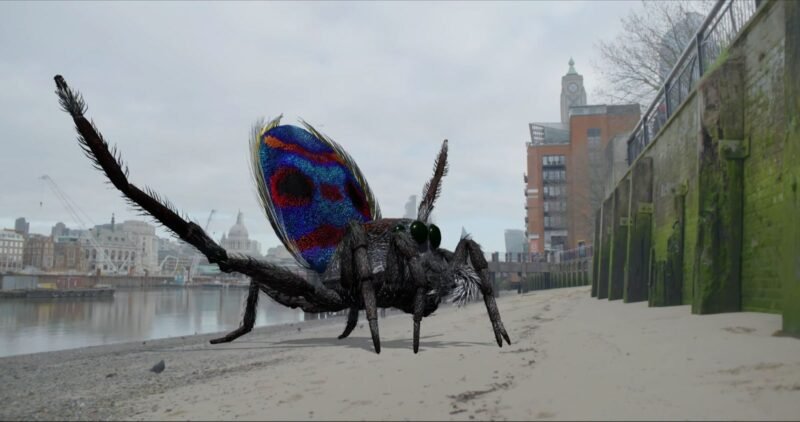The Last (City) Newspaper
The exhibition named ‘The Last Newspaper’, underway at The New Museum, New York since the last month, is extensively looking at the history of newspaper practices.
It locates the newspaper within a globalised network of information flows, and competing forms of information surfaces (walls, screens, pads etc.), and looks in to the technological history of newspaper production to gather stories of an aged and technologically-rigid medium, which is increasingly dependent on other media forms for its content and distribution.

An editorial team led by Joseph Grima and Kazys Varnelis is producing a weekly wall-newspaper called ‘The New City Reader: A Newspaper of Public Space’ as part of the exhibition. Newspapers have been central to urban information flows and public discussion about city matters. This temporary wall-newspaper, produced each week and displayed inside and outside the museum (in various locations spread across Lower Manhattan), tries to simulate these historical function of newspapers.
The New City Reader is dealing with questions like the relation of architecture and politics in urban space (issue 02: Editorial), slow newscasting as a participatory strategy (issue 03: Culture) and is acting as a ‘newspaper of public spaces’ in two senses. On one hand it is exploring the news/stories of public spaces — how they get formed, how they work — and on the other hand, it is focusing on the public news networks and the suitability of ‘paper’ as a news surface.

While the wall — newspapers reach out to the city spaces outside the museum, the editorial and production workshop of the same sits within the museum, open for observation. The mechanical and social process of newspaper production thus becomes an ‘exhibit’, and the temporary newspapers circulate in the city as the last relics (soon to be put back in to archives) of city newspapers.



